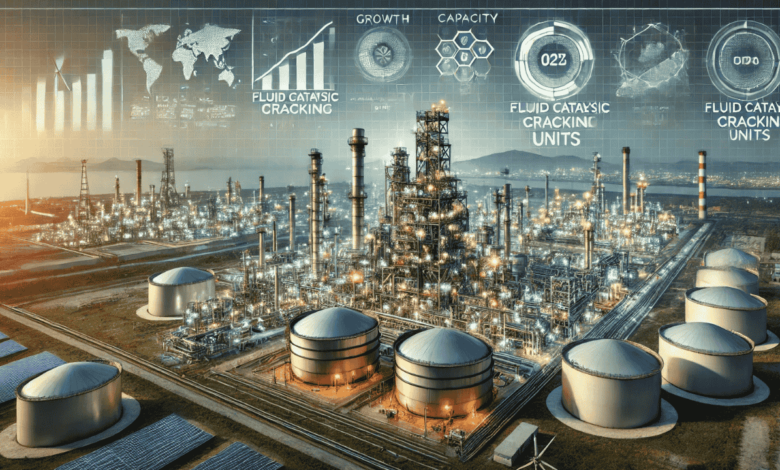Is the Refinery Sector Ready for Growth?

The refinery sector in India is one of the biggest in the world and an essential element of India’s energy infrastructure. However, with the economy and the need for energy both expanding, can India’s constrained refinery sector adequately cope with this development surge?
In this article, we will delve deeper into the industry’s current situation, what hope there is for its growth and development, and what obstacles the industry may encounter.
Current State of India’s Refinery Sector
India’s refinery sector has come a long way since the first oil refinery was set up in Digboi, Assam, back in 1901. At first, meeting the local need for lubricants and kerosene was the only goal. However, as time passed, the sector expanded greatly and played a significant role in the nation’s energy structure.
Currently, India is the fourth-largest refining nation in the world, behind China, Russia, and the United States, with an annual capacity of roughly 256.8 million metric tonnes.
The country operates 23 refineries, with the Indian Oil Corporation (IOC) being the largest, boasting a capacity of 70.1 MMTPA.
Growth Drivers of the Refinery Sector
Here are the key drivers of the growth of this industry, and as a result refinery stocks in India. For instance, Bharat Petroleum stock price has increased 93.37% in the last one year.
Refining Capacity Expansion
India currently has 23 refineries with a combined annual capacity of 256.8 million metric tonnes for refining. The nation intends to almost double this capacity by 2030, with a target of 450 million metric tonnes annually. Over the next seven years, this project will add 1 mb/d (million barrels per day) of new refinery distillation capacity.
Therefore, India is set to surpass even China in terms of global refinery capacity growth.
Technological Advancements
Modern technology is now being integrated into Indian refineries to improve their operations, marking a significant improvement in these facilities. By implementing advanced procedures such as Fluid Catalytic Cracking (FCC) and Hydrocracking, refineries have enhanced the yield of valuable middle distillates and improved the general quality of their product.
Due to these advancements, India’s refineries are now better equipped to meet the evolving demands of both its own and foreign markets.
Environmental Considerations
The Indian refinery industry has also adjusted to comply with the strict environmental standards. Vehicle emissions have decreased with the introduction of Bharat Stage VI (BS-VI) fuels, which are the same as Euro VI emission requirements.
In addition to requiring large financial outlays and technology advancements, this shift has put Indian refineries in a better position to satisfy the changing needs of a consumer that is becoming more ecologically concerned.
Exports and Geopolitical Factors
India’s refinery industry has grown significantly in the world petroleum market, and since 2020–21, it has been Asia’s biggest exporter of petroleum products. In 2024, the nation exports about 1.25 million barrels daily, of which about 890,000 are from the Jamnagar refinery.
Changes in geopolitics, such as the EU and G7 sanctions on Russian oil, have strengthened India’s position as a major supplier to Europe.
Future Prospects of the Refinery Sector
Analysts predict that India’s refining capacity will continue to grow, with expectations of adding around 1 million barrels per day over the next six years.
This expansion is crucial as it aligns with the projected increase in domestic fuel consumption, which is expected to rise by 1.3 million barrels daily by 2030.
The International Energy Agency (IEA) estimates that India’s overall refining capacity will reach 6.19 million barrels per day by 2028, marking a 19% increase.
This growth will largely be driven by state-run refiners, which are expected to undertake most of the capacity expansions.
Conclusion
India’s refinery sector is indeed ready for growth, fueled by growing energy needs and bold government plans. Though it faces challenges such as strict environmental rules and unpredictable oil prices, the opportunities are immense. The challenges may get reflected in real time in Nifty 50 live.
As crude oil imports are expected to rise to 5.8 million barrels per day by 2030, investors focusing on innovation and sustainability may benefit from this evolving industry.
You May Also Read: An In-Depth Look at www. durostech .com: A Leading Tech Solution Provider




